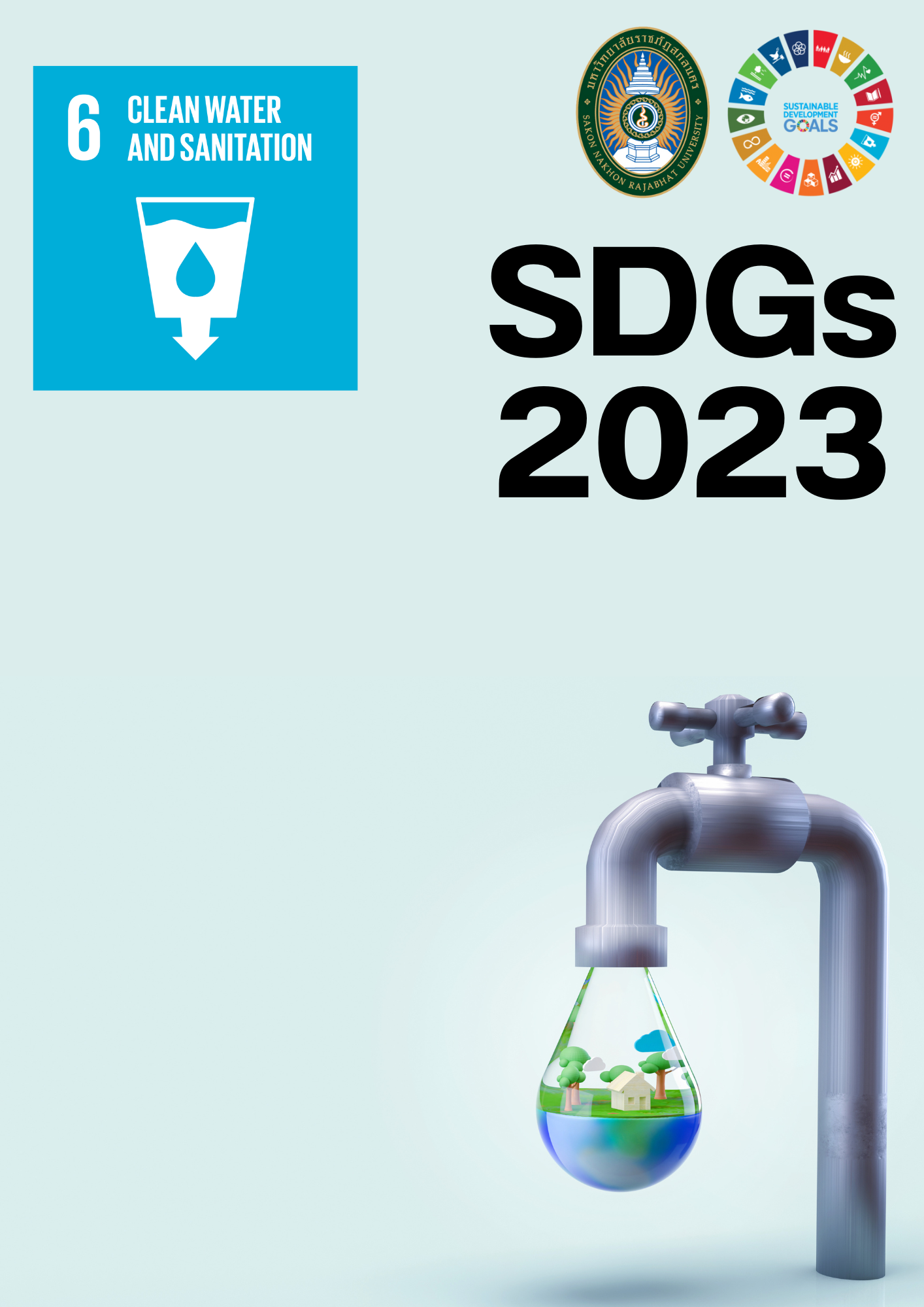This policy promotes sustainable water management practices by maximizing water reuse across the university. The university seeks to reduce water consumption, minimize environmental impact, and ensure a sustainable campus environment for current and future generations through efficient water collection, treatment, and reuse processes.
Objectives
- Establish systems and processes to capture, treat, and reuse water on campus.
- Reduce dependence on external water sources and minimize wastewater.
- Educate and involve the campus community in water conservation and reuse practices.
- Comply with environmental standards and regulations concerning water reuse.
Policy Guidelines and Measures
1. Rainwater Harvesting and Collection
- Install rainwater harvesting systems on university buildings and facilities to capture rainwater for reuse.
- Ensure that harvested rainwater is filtered and directed to appropriate storage systems for non-potable uses, such as landscaping, toilets, and cooling systems.
2. Greywater Recycling and Treatment
- Establish greywater recycling systems to capture and treat water from sources such as sinks, showers, and laundry facilities.
- Use treated greywater for suitable applications, such as irrigation and flushing toilets, in compliance with health and safety standards.
3. Efficient Irrigation Practices
- Implement water-efficient irrigation systems, such as drip or smart irrigation, to minimize water use in landscaping.
- Schedule irrigation during early mornings or late evenings to reduce evaporation and maximize the efficiency of water use.
4. Wastewater Treatment and Reuse
- Invest in on-campus wastewater treatment facilities to treat and reuse wastewater for non-potable purposes, reducing the volume of wastewater discharged into the environment.
- Ensure treated wastewater meets local environmental standards for safe reuse in applications like landscaping and cooling.
5. Use of Water-Saving Fixtures and Technologies
- Retrofit all campus facilities with water-saving fixtures, such as low-flow faucets, dual-flush toilets, and water-efficient showerheads.
- Regularly monitor and maintain water fixtures to ensure they are operating efficiently and without leaks.
6. Monitoring and Data Collection
- Implement a water usage monitoring system to track water consumption and the effectiveness of reuse practices across the university.
- Regularly collect and analyze data to assess the impact of water reuse initiatives and identify areas for improvement.
7. Education and Awareness Campaigns
- Conduct educational workshops, campaigns, and activities to raise awareness about the importance of water conservation and reuse.
- Encourage students, faculty, and staff to engage in water-saving behaviors and participate in initiatives to promote water reuse.
Long-Term Goals Sakon Nakhon Rajabhat University aims to become a water-resilient campus by maximizing water reuse and minimizing dependency on external water sources. The university is committed to reducing its overall water footprint by adopting innovative and sustainable water management practices, setting a standard for environmental responsibility in the academic community.
The Facilities and Sustainability Office will oversee the implementation and monitoring of water reuse practices. All students, faculty, and staff are encouraged to support water conservation initiatives and adopt water-saving behaviors in their daily activities on campus.
This policy is effective immediately to enhance safety and environmental responsibility within the university.




